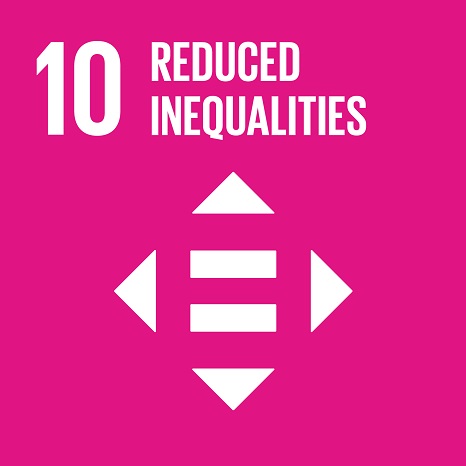Ciência_Iscte
Publications
Publication Detailed Description
Assessing preschoolers interactive behaviour: a validation study of the “Coding System for Mother–Child Interaction”
Journal Title
Child: Care, Health and Development
Year (definitive publication)
2018
Language
English
Country
United Kingdom
More Information
Web of Science®
Scopus
Google Scholar
This publication is not indexed in Overton
Abstract
BACKGROUND:
The preschool years are a period of great developmental achievements, which impact critically on a child's interactive skills. Having valid and reliable measures to assess interactive behaviour at this stage is therefore crucial. The aim of this study was to describe the adaptation and validation of the child coding of the Coding System for Mother-Child Interactions and discuss its applications and implications in future research and practice.
METHODS:
Two hundred twenty Portuguese preschoolers and their mothers were videotaped during a structured task. Child and mother interactive behaviours were coded based on the task. Maternal reports on the child's temperament and emotional and behaviour problems were also collected, along with family psychosocial information.
RESULTS:
Interrater agreement was confirmed. The use of child Cooperation, Enthusiasm, and Negativity as subscales was supported by their correlations across tasks. Moreover, these subscales were correlated with each other, which supports the use of a global child interactive behaviour score. Convergent validity with a measure of emotional and behavioural problems (Child Behaviour Checklist 1 ½-5) was established, as well as divergent validity with a measure of temperament (Children's Behaviour Questionnaire-Short Form). Regarding associations with family variables, child interactive behaviour was only associated with maternal behaviour.
CONCLUSIONS:
Findings suggest that this coding system is a valid and reliable measure for assessing child interactive behaviour in preschool age children. It therefore represents an important alternative to this area of research and practice, with reduced costs and with more flexible training requirements. Attention should be given in future research to expanding this work to clinical populations and different age groups.
Acknowledgements
--
Keywords
Child interactive behaviour,Coding system,Mother-child interaction,Observational measure,Preschoolers
Fields of Science and Technology Classification
- Clinical Medicine - Medical and Health Sciences
- Psychology - Social Sciences
Funding Records
| Funding Reference | Funding Entity |
|---|---|
| POCI-01-0145-FEDER-007653 | COMPETE 2020 |
| SFRH/BD/96001/2013 | Fundação para a Ciência e a Tecnologia |
| PTDC/PSI-PCL/116897/2010 | Fundação para a Ciência e a Tecnologia |
Contributions to the Sustainable Development Goals of the United Nations
With the objective to increase the research activity directed towards the achievement of the United Nations 2030 Sustainable Development Goals, the possibility of associating scientific publications with the Sustainable Development Goals is now available in Ciência_Iscte. These are the Sustainable Development Goals identified by the author(s) for this publication. For more detailed information on the Sustainable Development Goals, click here.

 Português
Português



